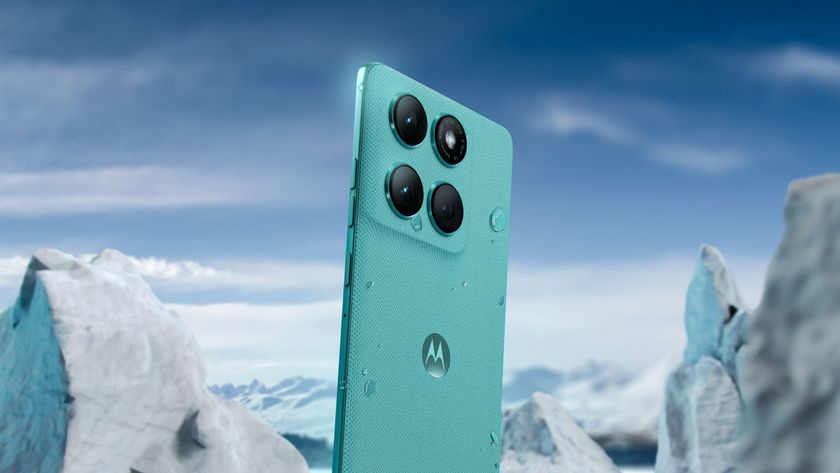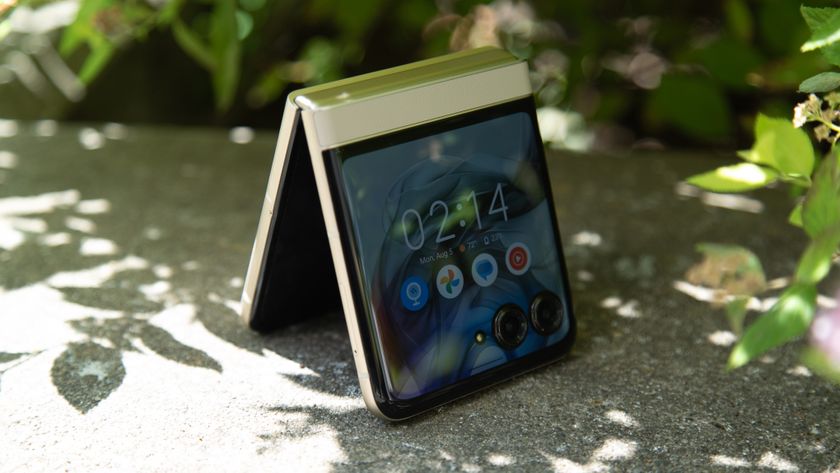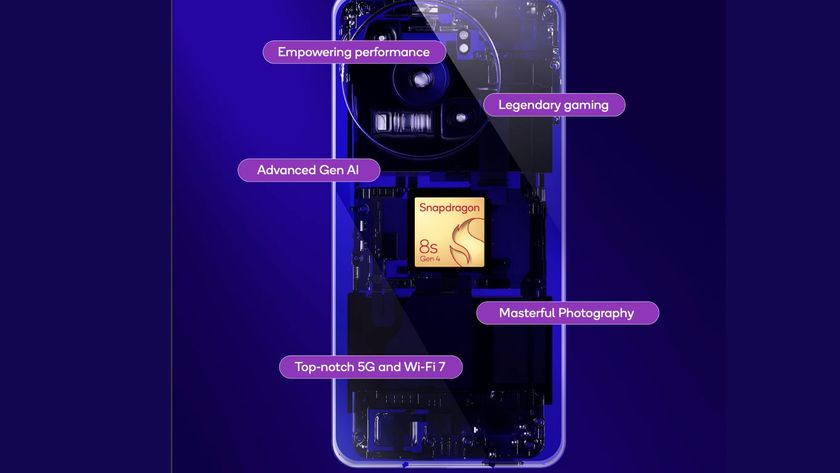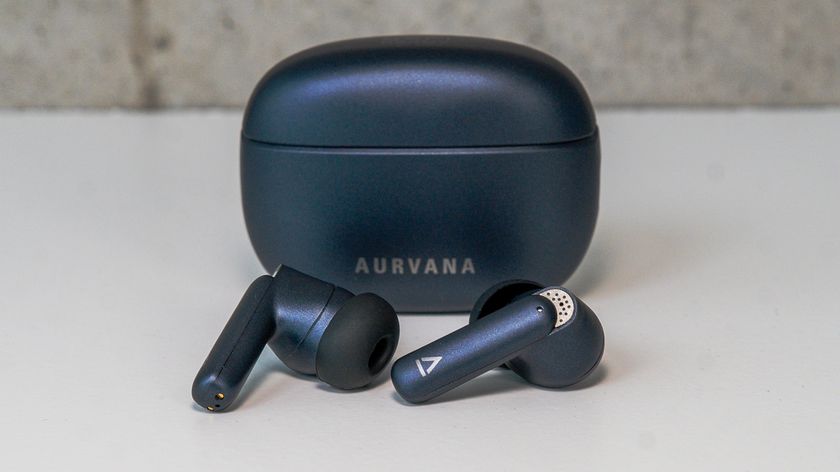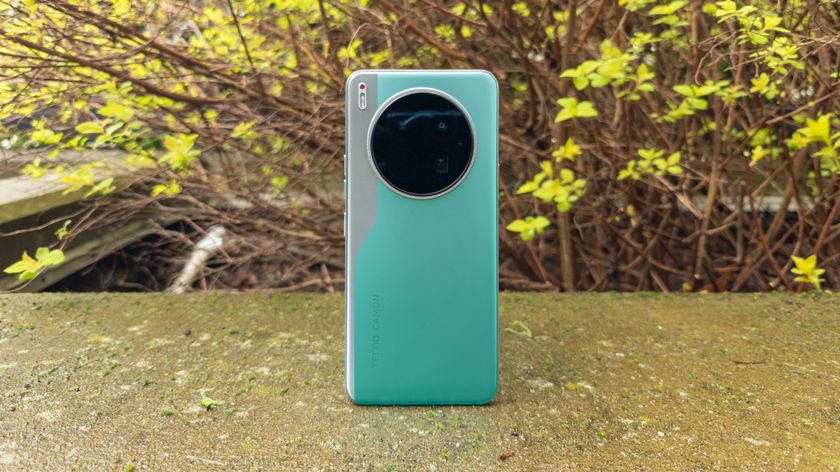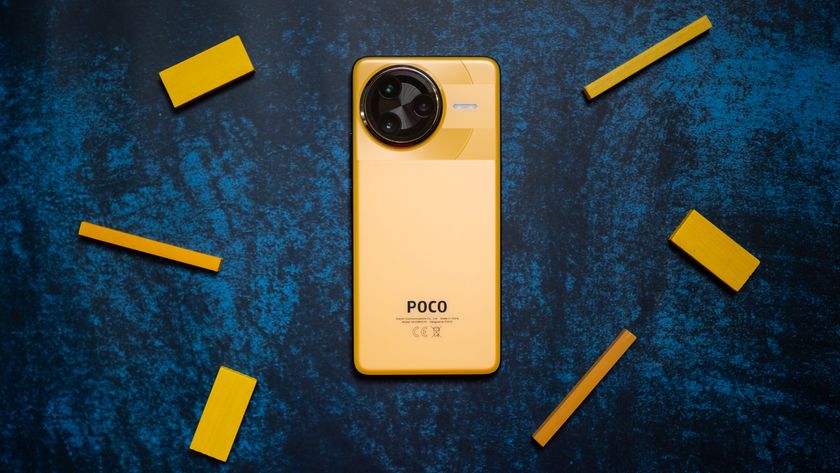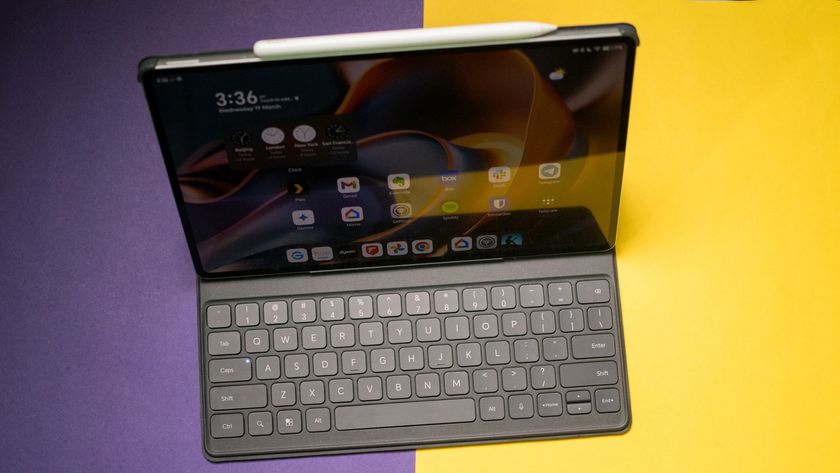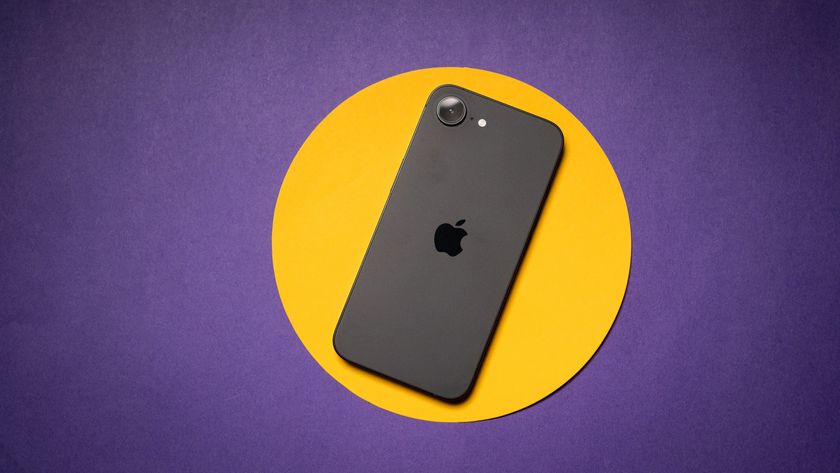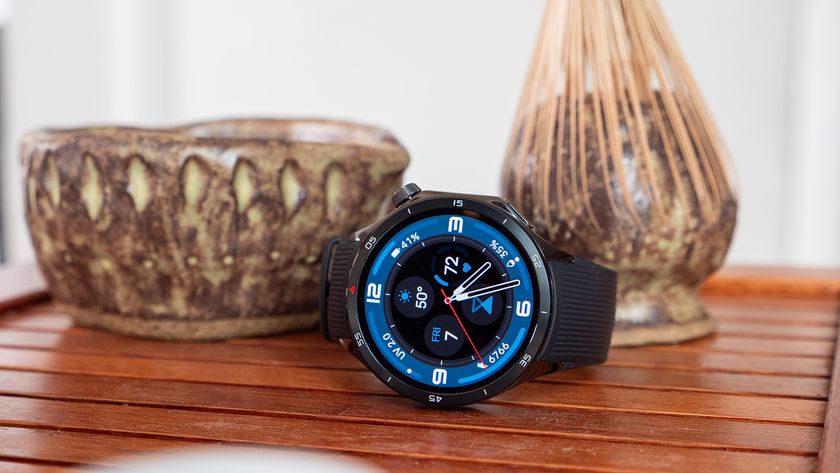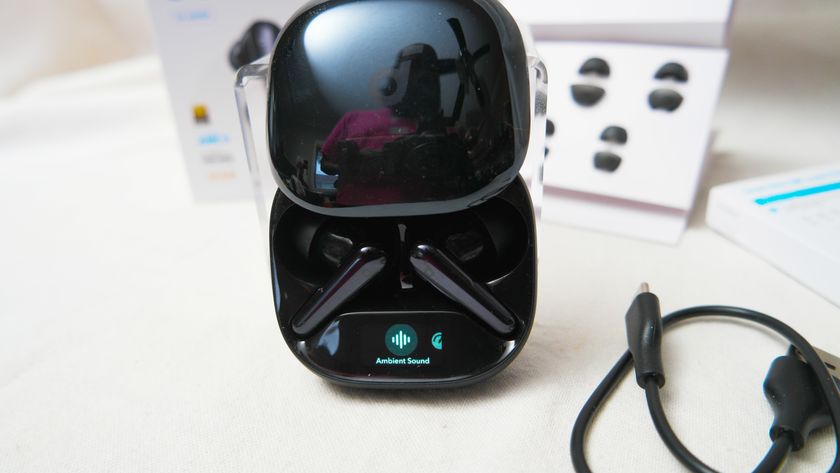In 2014, Motorola gave everyone who cares about how much smartphone you can get for $120 something to be excited about. Perhaps more important is that the company demonstrated there is a right and wrong way to address the budget phone market, and most of the players in this space had absolutely been doing things wrong.
Enter the original Moto E.
That, however, was last year. Within the last 12 months, several manufacturers have truly stepped up their game in the budget phone space, leaving Motorola with two options — push forward and continue being a dominant force in this market, or get lost in the mix. Motorola's answer to this particular challenge is the new 2015 Moto E.
And this time, it's got LTE.
About this review
This review is being written after having spent just over two weeks with the 2015 Moto E with LTE. Our review unit was provided to us by Motorola. It's running Android 5.0.2 (build LXI22.50-24.1). During the review, this 2015 Moto E was on T-Mobile's network just outside of Baltimore, and it was connected to a Moto 360 smartwatch throughout most of the review period.
A factory reset was performed on this 2015 Moto E 10 hours into the review, which is explained in greater detail in the software portion.

Moto E 2015 hardware and specs
Substance, with some style this time around
It's not hard to be impressed with Motorola's ability to take one basic design and create just enough differentiation across their product lineup that you can tell the difference between their models at a glance. The 2015 Moto E has all the same basic shapes as the original Moto E, which looks an awful lot like the Moto G and both versions of the Moto X. It's a singular design language that very clearly belongs to Motorola (even if you can't see the "M" dimple), which is a cool thing to see.

The only real external changes to the 2015 Moto E are the slight increase in screen size and the new exchangeable color ring. Motorola has bumped this model from a 4.3-inch screen to 4.5 inches, which makes the casing almost exactly the same size as the original Moto G. The color ring continues Motorola's desire to let users choose what their phone looks like without making the entire back of the device removable, and in doing so adds a nice grippy texture to the outside of the phone. Removing the ring is simple enough, though after swapping colors four or five times the top of one of the bands Motorola included in the review has developed a slight wiggle.
Motorola has worked to offer a spec bump in all the right places
Underneath this plastic exterior, Motorola has worked to offer a spec bump in all the right places, though this only applies to the LTE version of this phone. Motorola has increased the battery size to 2390mAh, which is a necessity to handle the new Snapdragon 410 processor and LTE radios. The 3G version of the 2015 Moto E isn't nearly as updated, as it still uses the Snapdragon 200. The display on these phones received an increase in size, but not in quality. Motorola is still using a 549x960 resolution panel, and the increase in screen size means the ppi has dropped from 256 to 245.


It's clear Motorola's focus for this generation was to add LTE without sacrificing any of the things that made the original Moto E great. While this change meant a slight increase in price for the LTE model, the other devices in this price range place focus on far less important things and are typically even more expensive than the Moto E, so it's not hard to call this a win for Motorola's users.
More: Moto E (2015) specs

Software and performance
Once again, all things Motorola ...
I'm going to preface this section of the review by clarifying a position that was taken during the initial hands on of this device. In the initial setup of this device, I used the "restore from backup" option in Android 5.0, and pulled all of my data over from my 2014 Moto X. Several hours after this restore, the 2015 Moto E appeared sluggish and generally not enjoyable to use, and I reported exactly that. Representatives from Motorola reached out and explained this behavior was far from the expected experience, and so I decided to perform a factory reset and perform no restore. My experience with this device improved dramatically with that change in behavior.
Motorola's software has become just as iconic as its hardware, creating a user experience that is uniquely Moto without taking away from the core Android software experiences. We've come to expect the less capable Motorola devices to only offer a fraction of the Moto experience due to limitations in hardware, but with the 2015 Moto E it's clear the company has worked to include as many classic Moto functions as possible, even if that means the experience isn't exactly the same when compared to the 2014 Moto X.
The company has worked to include as many classic Moto functions as possible, even if that means the experience isn't exactly the same as the high-end.
The greatest example of this is Moto Display. Since the 2015 Moto E lacks any of the front facing sensors found on other Motorola phones, the software tries to compensate by using other contextual clues to wake the screen. Incoming notifications will obviously cause the little white ring to light up, but you can also get a quick glimpse at your information by gently rocking the phone on its curved back. Subtle motions are usually enough, to give you a look at the display, which is a big improvement over previous versions of this tech.
This same motion behavior carries into the camera app, as you can now very easily use the double twist motion for launching the camera. It's a snappy behavior on this model as well, launching the camera faster than most premium Android devices. You do miss out on the extended vibration to confirm the camera launch command was received, which is found on the Moto X, but in using this phone it really didn't feel necessary. Its just as useful on this phone as it is on Motorola's other phones, and much like Moto Display and Moto Actions it's something that is sorely missed when using other devices.
To offer these features on a $150 phone and have them work as well as they do is an impressive accomplishment, and in a world where the software on budget phones is a huge part of the problem this is something Motorola has been doing right.

Moto E 2015 cameras
This ain't no selfie phone ...
You won't be taking many award-winning shots with the 5MP shooter on the back of the 2015 Moto E, but it's a surprisingly capable camera in the right conditions. It's obviously not the best low-light camera ever, and motion blur can be a problem if you don't have steady hands, but the camera focuses quickly, and Motorola's camera software makes taking a quick photo (or multiple photos in a burst) nice and easy. Especially with the ability to use the volume down key as a shutter button, going from your pocket to framing the shot is surprisingly fast, which makes all the difference in the world.
The front facing camera is not nearly as enjoyable to use. It's a serviceable camera for video chatting, but there are no good photos to be had with this camera. It's a VGA sensor with almost all of Motorola's software unavailable, and between the motion blur and the camera guessing wildly at the exposure you need for the photo you want it's just plain bad. As much as I'd prefer to live in a world where front facing cameras are only used for video chatting, a $150 phone is more than likely going to find its way into the hands of kids, which means selfies will be taken. We just all need to deal with that together.
So how's it look? Pretty much like this:







Moto E 2015 — Real-world use
Get used to a series of brief pauses ...
We can talk about specs and design decisions all day long (well, I can't, but the collective "we" probably could) but the good stuff comes from using this phone all day, every day for a little while. I came to the 2015 Moto E from a 2014 Moto X, so on the first day I felt right at home. All of the buttons I am used to from my daily driver are in the same places, and checking my messages and games is mostly muscle memory.
By the third day of using this phone, it finally hit me that I didn't really notice any significant differences in using the 2014 Moto X and the 2015 Moto E.
By the third day of using this phone, it finally hit me that I didn't really notice any significant differences in using the 2014 Moto X and the 2015 Moto E. All of the performance hits, the less responsive Moto Display, the way larger apps took a second or two longer to load, it was all just subtly different from Motorola's flagship. When sitting the phones side by side it was clear that the Moto X was significantly faster and generally performed better (especially with the higher quality display in the Moto X), but in my day to day use with the 2015 Moto E the experience never left me wanting. It's not the smoothest or the fastest phone out there, but it delivers a consistently good experience and that's not nothing.
It's easy to forget how nice LTE is when every one of your devices has it and you live in an area where LTE networks are common, but the truth is access to LTE is a big part of what makes this phone feel so nice. Streaming music and installing an app from the Play Store at the same time isn't a problem, and video chats happen without issue. T-Mobile's network in Baltimore is fantastic, and it makes a big difference when using this device.
While not necessarily exceptional when considering the smartphone market as a whole, getting an entire day worth of battery from this phone is entirely effortless. In using the phone from 5:30a to 10p every day, I routinely found myself with 30% battery remaining. It's worth pointing out that Moto Display on the 2015 Moto E isn't as battery friendly as it is on the Moto X due to the use of an LCD screen instead of AMOLED, which makes knowing that this phone gets better battery life than my Moto X equally impressive (and a little annoying, speaking as a Moto X owner). While everyone's usage is different, the battery offered with the 2015 Moto E should be more than enough for a full day.
After the first week of using the phone, the display had become something I didn't particularly enjoy. The screen is good enough for use indoor, but as soon as you enter any kind of sunlight the 2015 Moto E becomes almost completely unusable. This is an understandable limitation of a phone aimed at the budget market, and with half a dozen 1080p or higher resolution displays on my desk it's not hard to see how my expectations may be skewed, but the need to head for shade or wait until I was in a building or in a car to check my phone was a less than stellar user experience. It was easier to deal with when my Moto 360 was attached, but there's something about saying your $300 accessory improved the experience on the $150 phone that seems entirely absurd.

The bottom line
It's budget-conscious, but not cheap ...
The biggest takeaway from my time with the 2015 Moto E is the way the overall experience compared to what Motorola is already offering. This phone does not feel $250 less than the 2014 Moto X, which is significant. A big part of that is access to faster networks, but Motorola's software efforts are equally as important in delivering something great.
Motorola's focus for this market has been to create an experience that didn't feel like a cheap phone, and it's clear that they have taken an already decent experience and improved it with this new generation. While there are now plenty of manufacturers targeting this market with inexpensive designs and improved software experiences, the 2015 Moto E is still head and shoulders above everything else being offered. At $150, you're unlikely to find anything better.
